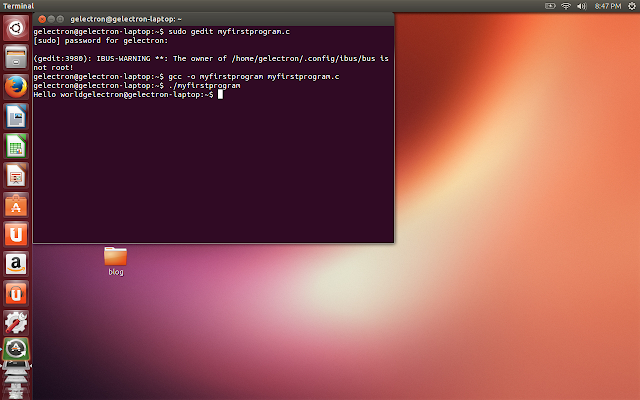ADC 0804
ADC 0804 is an 8 bit parallel out and a single channel (ie only one analog input can be given)First we need to learn the Pin details of the ADC .
CS:- This is an active low input pin. When this pin is at LOW logic level (i,e logic 0),ADC0804 is ready to operate.
WR:-This is an active low input pin. A LOW-to-HIGH pulse at this pin tells the ADC to start the conversion of applied analog input signal.
INTR:- This is an active low output pin to indicate the end of conversion.
RD:- This is an active low input pin.After the end of conversion the converted digital signal is stored in the internal register of ADC0804 chip. Before the data is lost it is required to read the digital data from those internal register. By sending a HIGH-to-LOW pulse at this pin, we can read the digital data through 8-bit parallel pins of ADC0804.
CLK IN:- This is an input pin to provide a clock source to ADC0804 required for conversion when an external clock source is used.
CLK R:- To use on chip clock generator of ADC0804, the CLK IN and CLK R pins needs to be connected with RC circuit as shown in figure below.
The suitable value of R and C used in the circuitry is 10k and 150pF
respectively. But its not any hard rule to use the same value of R and
C. You can use any value of R and C which can generate approximately
110us of conversion time.
Vin :- These (Vin+ and Vin-) are the pin where you apply differential analog input from any sensor.
Vref/2:- This is the reference voltage pin. If this pin is left not
connected then the reference voltage will automatically become 5V. But
for application where you require reference voltage to be less then 5V,
an external source of appropirate voltage should be connected to this
pin. An voltage divider circuit can be used to obtain the required
reference voltage by utilizing the same power source which
microcontroller and ADC0804 are using. Now, for example you
require a reference voltage of 4 V, then 4V/2=2V voltage source source
should be connected to this pin hence, this pin has got the name Vref/2.
AGND:- This is analog ground pin where an ground of analog input source
is connected. Similarly, in DGND which is referred to as digital ground,
the ground of working voltage source of the MCU or ADC is connected.
Only 4 control pins needed to control the ADC ie,CS,RD,WR,and INTR
the prorgamming logic as follows.
1) Make chip select (CS) signal low.
2) Make
write (WR) signal low.
3) Make
chip select (CS) high.
4) Wait
for INTR pin to go low (means conversion ends).
Once
the conversion in ADC is done, the data is available in the output
latch of the ADC - See more at:
http://www.8051projects.net/adc-interfacing/adc0804-interfacing.php#sthash.spmMnJGS.dpuf
Once
the conversion in ADC is done, the data is available in the output latch of the
ADC . So to read the data fromthe internal register of the ADC to the output give the following control signls.
1) Make
chip select (CS) pin low.
2) Make
read (RD) signal low.
3) Read
the data from port where ADC is connected.
4) Make
read (RD) signal high.
5) · Make
chip select (CS) high.
Make read (RD) signal high.
Thats all, the data is available at the data pin of the ADC. do it with fast or it given in a loop to time defendant input variation .
Program ( 8051 used to give the control signal )
This progarm only read the analog input signal and available at the data pin of ADC (DB0-DB7)
and in Proteus simulation that data Pin is connected to LED to check.
The program is written in Keil IDE.
#include
<REGX51.H>
#define
cs P0_0
#define
rd P0_1
#define
wr P0_2
#define
intr P0_3
void
conv(); //Start
of conversion function
void
read(); //Read
ADC function
unsigned char adc_val;
void
main()
{
while
(1)
{ //Forever
loop
conv(); //Start
conversion
read(); //Read
ADC
}
}
void
conv()
{
cs = 0; //Make
CS low
wr = 0; //Make
WR low
wr = 1; //Make
WR high
cs = 1; //Make
CS high
while
(intr); //Wait for INTR to go low
}
void read()
{
cs = 0; //Make
CS low
rd = 0; //Make
RD low
rd = 1; //Make
RD high
cs = 1; //Make
CS high








